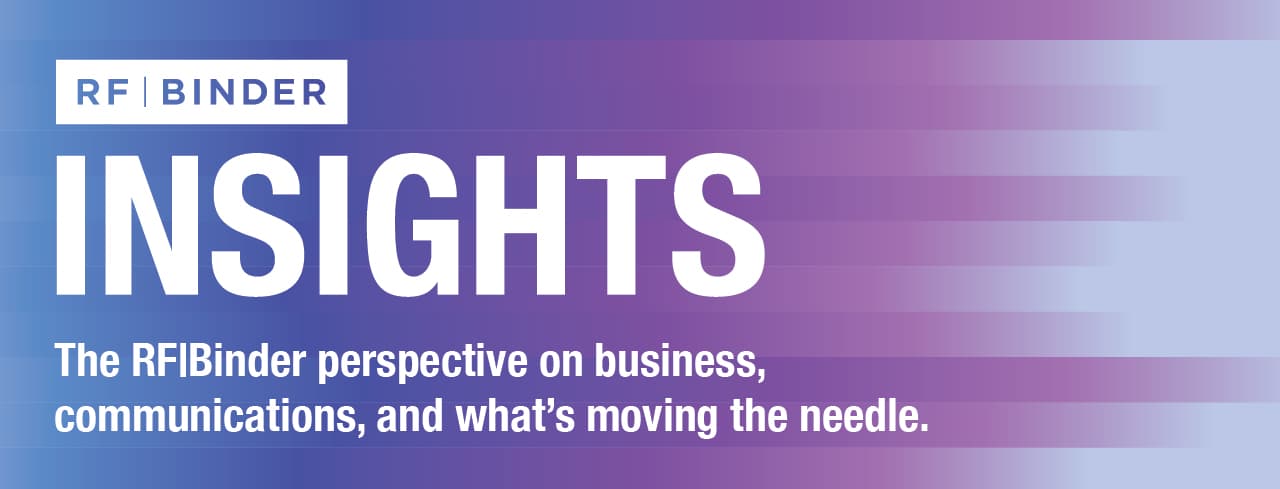Food and beverage brands have a unique relationship to culture – as origin and social customs often have a huge influence on the flavor profiles, quality, costs and sometimes production methods of the products. When it comes to storytelling, culture-led marketing can be smartly leveraged to build deeper relationships with and add value for consumers.
To be successful with culture-led marketing, food and beverage brands need to go beyond stereotypes, build a niche and create a connection with their audiences in their storytelling.
Avoid Stereotyping Pitfalls
Culture is often used as a simplifying stereotype in storytelling, rather than a real vehicle for engaging consumers. For example, kangaroo references and didgeridoo music abound in Aussie-inspired restaurant chain Outback Steakhouse.
To make an impact, culture needs to be brought to life through human truths in storytelling. Successful cultural marketing shares not only the customs and uniting features of particular peoples and places, but also firmly roots them in the modern, realistic representations of today.
Build a Brand Niche Within Your Culture
The most successful brands in culture-led marketing take a realistic approach to telling the story of their culture while building a specific brand niche. A great example of this is Italian amaro brand Fernet-Branca.
First created as an herbal remedy in 1845, Fernet-Branca is made using a secret recipe and has evolved into a staple of Italian aperitivo and digestif culture. In the late 20th century and into the 21st century, San Francisco-based bartenders began using this drink during shift changes, as a parting gift to the bartender who just finished their shift and a welcome for the bartender who was just clocking in. It became known as a “bartender’s handshake,” and Fernet-Branca smartly leaned into this evolving culture by creating limited edition mint coins to symbolize bartender community membership.
Culture-led marketing doesn’t simply take an aspect of the product’s storytelling and runs with it, but continues evolving and redefining how the brand interacts with these cultural elements.
Bridge the Gap with Your Target Audience
However, it’s not just enough to convey culture through storytelling authentically and realistically; you also need to make it relevant and applicable for your target audience.
Folger’s “Allow Us to Reintroduce Ourselves” campaign is a great example of culture-led marketing that appeals to its target demographic. While showing a modern look at the brand and its vibrant, diverse hometown of New Orleans, Folger’s isn’t trying to be anything other than itself: appealing to every-day folks of all walks of life who simply want a cup of coffee.
During the Covid-19 pandemic, we leaned into culture-led marketing with the “Prost Every Moment” campaign for Wines of Germany. Inspired by the sentiment du jour around not taking any time for granted, we made the concept undeniably German by highlighting all of the big and small moments suitable for toasting with German wines. These moments were rooted in American culture – from popular takeout and viral recipe pairings to trending movie releases.
With deep experience in storytelling and building culture-led campaigns, RF|Binder has worked with clients to hone messaging and resonate with target audiences in ways that uniquely highlight their origins and cultures.
Want to learn more about how smart culture-led marketing can take your storytelling to the next level? Reach out to the team – we would love to chat!

